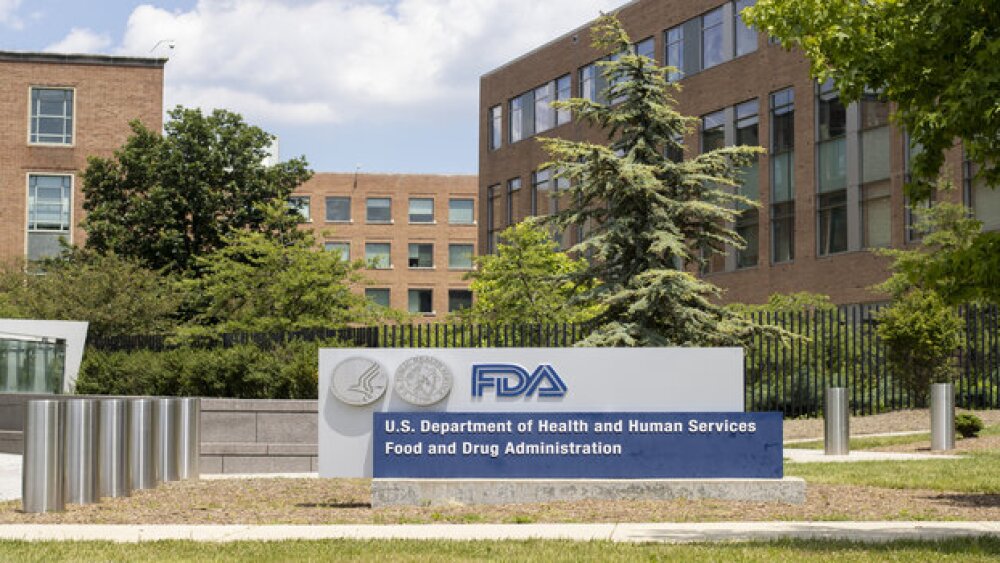The rotavirus vaccine may be pulling double duty; it not only protects young children against a potentially life-threatening rotavirus infection but may also reduce their likelihood of developing type 1 diabetes.
The rotavirus vaccine may be pulling double duty; it not only protects young children against a potentially life-threatening rotavirus infection but may also reduce their likelihood of developing type 1 diabetes.
A study published in JAMA Pediatrics in late January noted a decrease in the prevalence of type 1 diabetes in Australian children age 4 and younger after rotavirus vaccination was made routine in 2007.
However, this association doesn’t prove that protecting against rotavirus causes protection against type 1 diabetes, nor does it suggest that rotavirus causes diabetes; it simply highlights an association between the two.
“While not conclusive, our latest study suggests that preventing rotavirus infection in Australian infants by vaccination may also reduce their risk of type 1 diabetes,” Leonard Harrison, professor in the Population Health and Immunity division of the Walter and Eliza Hall Institute of Medical Research and senior author of this study, said in a press release. “We will be continuing this research to look more closely at the correlation, by comparing the health records of young children with or without type 1 diabetes.”
The incidence of type 1 diabetes has been increasing worldwide since the 1980s; the causes of this increase remain unclear. This study highlights the first measured decrease in the rate of type 1 diabetes in young Australian children since it began rising.
Linking rotavirus and diabetes
Rotavirus is best known as the most common cause of severe diarrhea in infants and young children. It can spread easily among children, causing diarrhea, vomiting, fever, and abdominal pain. The virus infects and damages cells in the small intestine. Vaccinating against rotavirus within the first few months does not completely prevent infection, but it reduces symptom severity if a child becomes ill.
Rotavirus can also infect the pancreas by hijacking a receptor on pancreas cells, causing cell death. This infection is thought to trigger autoimmune destruction of special pancreas cells, called beta cells, that produce insulin. Destruction of beta cells by a person’s own immune system is a hallmark feature of type 1 diabetes. The rotavirus vaccine prevents infection, and ultimately death, of beta cells, which is why it could also be preventative against type 1 diabetes.
“Twenty years ago our team revealed an association between the appearance of immune markers of type 1 diabetes in children and rotavirus infection,” Harrison commented. “Subsequent studies in laboratory models suggested rotavirus infection of pancreatic cells can trigger an immune attack against the insulin-producing cells - similar to what occurs in type 1 diabetes.”
As Harrison said, his team noticed that rotavirus infection caused widespread pancreas cell death and decreased insulin production within a week after infection in infant mice. This pancreas harm and impaired insulin production may contribute to the development of type 1 diabetes. Interestingly, rotavirus infection has been tied to other autoimmune illnesses, such as celiac disease.
What this (and other) studies say about the association
In this study, researchers compared the number of children newly diagnosed with type 1 diabetes 8 years before and after the rotavirus vaccine was made routine for all Australian infants in 2007. About 84 percent of Australian children were estimated to be vaccinated. After routine rotavirus vaccination, the incidence of Type 1 diabetes decreased by 14 percent in children 4 years old and younger.
“We observed the decline in the rate of type 1 diabetes in children born after 2007 coincided with the introduction of the oral rotavirus vaccine onto the Australian National Immunisation Program in 2007,” said Kirsten Perrett, consultant pediatrician at Murdoch Children’s Research Institute and study lead.
Interestingly, there was no significant change in the incidence of diabetes in the other two age groups (5-9 and 10-14 years old). This could be because older children had already been exposed to rotavirus prior to immunization. Perrett noted that children age 4 and younger were born after the vaccine was made routine, which has to be given prior to exposure to have any protective effect.
The authors said this is the first link between decreased diabetes incidence after routine rotavirus vaccination.
In contrast, another study in 495 Finnish children looked at the effect of vaccinating against rotavirus on the incidence of type 1 diabetes and celiac disease and found no change in the risk of diabetes or celiac disease up to 6 years after vaccination. This could be due to genetic and environmental differences between the populations or the relatively small sample size of the Finnish study (compared with the thousands of children in the Australian analysis).
A third study posed that, if rotavirus infection triggers type 1 diabetes and celiac disease, would administering the live attenuated rotavirus vaccine also trigger an autoimmune response or would vaccination protect against such effects of wild type rotavirus infection? In the over 5,700 Finnish children involved in the study, there was no difference in the prevalence of type 1 diabetes between the vaccinated and placebo groups. Interestingly, the prevalence of celiac disease was significantly lower in the vaccinated group compared to the placebo group.
For now, a definitive link between rotavirus infection and autoimmune disorders like type 1 diabetes and celiac disease remains elusive.





